
Jennifer Epperson
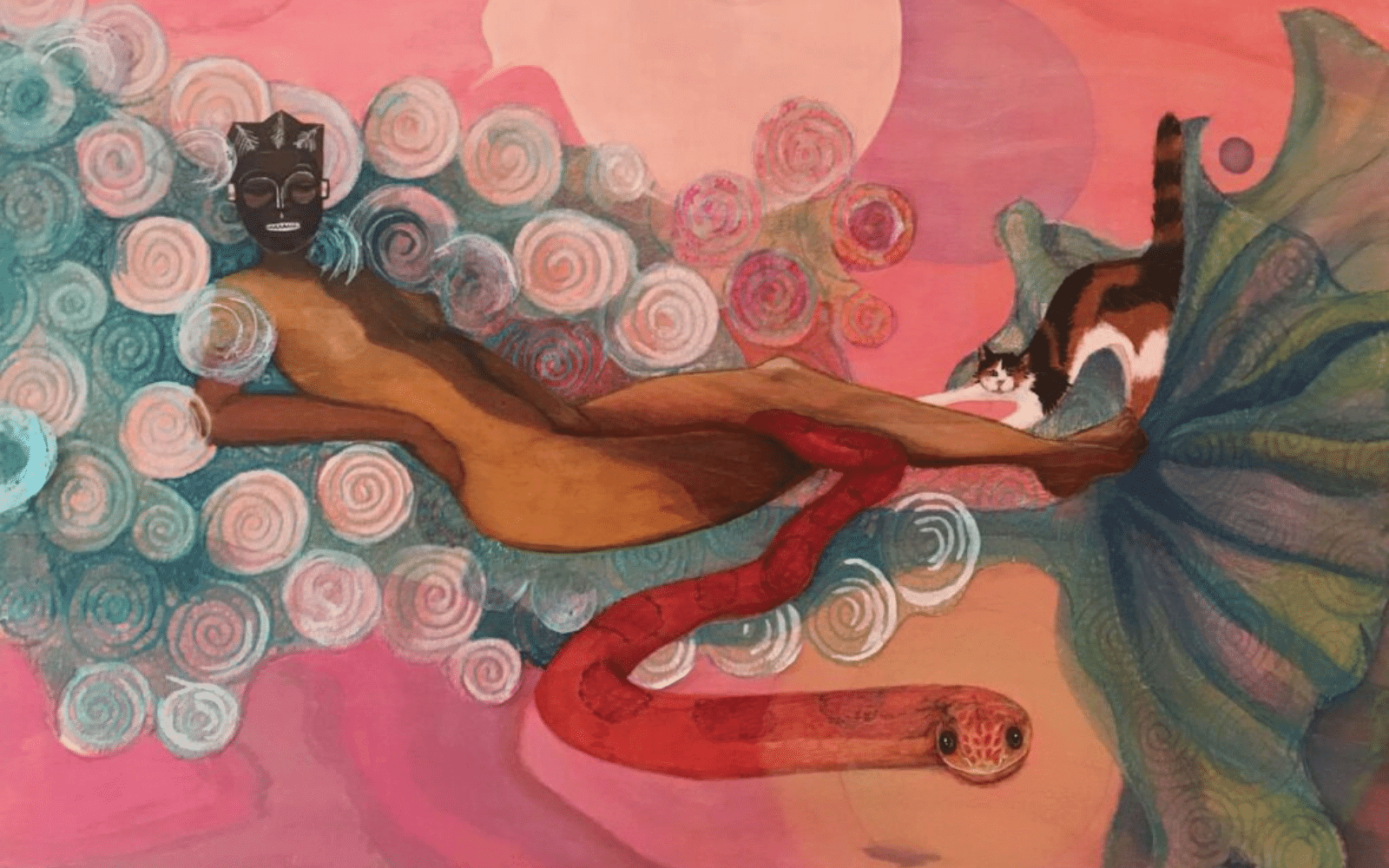

Artist Bio
Based in Central Texas, Jennifer Epperson, utilizes photography, painting, drawing, collage, appropriation and revision to create two-dimensional art from the female gaze. She focuses on seeing womxn subjectively rather than as objects. The human body and body parts are consistent elements of composition and content as she takes on subjects like women’s health, assault and rape, guns and children, #MeToo, and agency over one’s body.
Since 1996, she has honed her skills through a more immersive process of working in a series. Pin Ups and Glamour Girls, Portraits of Couples, and Ancestors, are series completed in Houston between 1998 and 2003. This early work is painterly and portrait focused. Epperson moved west in 2003 to Northern Arizona high desert where we note pallet change and greater focus on sense of place. Like the early surrealists, she possesses the ability to dive deep into the unconscious and bring imaginings and dreams to the surface. An unusual achievement for an artist, she was named art program director for the Arizona Society of Psychoanalytic Psychology, where she brought art into continuing education for therapists.
In 2019, she was awarded a six-week residency as part of the Volcanic Artist Residency program in Whakatane, New Zealand. This opportunity allowed her to focus on Maori culture for inspiration. That same year, a move to central Texas provided the right set of circumstances to create art in three very different locations over a 12-month period.
She continues to work in series, and the influence of place plays an active part in the creative process. Epperson explores materials and uses extensive research in her current work. Don’t Fuck the Patriarchy, Portals, and the ongoing Women as Birds – Portraits of Power are examples of her unique vision of women in the modern world.
Artist Statement
At five, I never thought it would take me so long to become an artist. After all, I already was one! Now, in the second half of my life, I have time, energy and burning desire to practice art. Decades of art education and daily practice lead me to create from the female gaze. The female gaze is a perspective that is subjective, seeking to explore the interiority of the being. For me, that subject is most often women. I create from a woman’s point of view, striving to explore the power and the agency of women, their feelings, their bodies, and their values.
I am a painter but I use paper as medium as well as wet and dry media. I am also a science geek. Currently evolutionary biology and transmutation inspire me. I am influenced by my love of certain artists: David Hockney for his color and reinvention, Haymao Miyazaki for his finely drawn female characters and storylines, Julie Speed for her fearless revisionism and superb
Collage technique.
I am interested in a few basic themes: sex, death and the human condition. I think these themes will keep me busy for the rest of my life. I committed to living my life as an artist when I discovered I no longer had a choice. Living as an artist, while different from joining a nunnery or a cult, still demands commitments. Here are mine:
1. Work every day.
2. Create an authentic voice.
3. Seek challenges and walk the edge.
4. Have fun and share with others.
5. Earn a living.
What does “Gaze” mean to you & how do you connect it to your work?
Jenny’s Angry Uterus is Presented to the Court of Marie Antoinette was created from a single clear vision. Its completed form changed little from the original inspired sketch. The self portrait is delineated by what is not usually known or shown about women, the very organs that define us as women. The organs are glamorously decorated with maladies women experience throughout their lives. With skirts held high, the determined self encourages the viewer to take full stock of the feminine. Marie Antoinette, adept in convincing so many in court that the sizzle was indeed the steak, is sure to understand the implications of truth over spectacle.
The Metamorphosis of Ruth Bader Ginsburg is a portrait honoring the Supreme Court Justice. The butterfly motif is used to remind us of the value of change. I show Ruth at various ages and stages of her life when she methodically challenges and changes laws affecting women. As a result of her patient dedication, thousands of laws have been passed to afford women equal rights.
She led the way for us to complete metamorphosis.
21st Century Odalisque
Old word for a new Century
“Odalisque” is a sumptuous word. It tastes like vanilla ice cream with a fine brandy chaser. It is formed of sensual sounds and leaves the tongue with a sibilant whistle.
It is an old word created by the French that served to objectify women for the male gaze, identifying women who existed solely for male pleasure.
From the original Turkish word “odalik”, referring to a chambermaid or female attendant, it transformed during the colonial period to odalisque. Salacious imaginings of the Sultan’s harem led to transforming the word from servant to concubine.
During the Orientalist art movement in 19th century Europe, male artists created female nudes without the strictures of the neoclassical period. Take Edouard Manet’s Olympia, the odalisque masterpiece that scandalized Paris in 1865.
I gleefully revise the iconic pose for the 21st century, bending its original message to reflect women now.
Here’s the proposition: new meaning for an old word. Semantic change is change in language regarding the evolution of word usage—usually to the point that the modern meaning is radically different from the original. Olympia is plucked from historic context and becomes a new woman, and odalisque becomes a new word, free to describe powerful, confident womanhood. Content with her power and deed, she reclines and puts up her feet. She takes a break from leading the world to relax and recharge.
I am convinced that women will lead the world out of hatred and chaos. Their leadership has already begun. Women continue to heal our planet and to teach us, once again, to care for one another. When it becomes tiresome hearing women called nasty, strident, abrasive, or slutty, or any of the plethora of cynical phrases degrading women, try out a new old word to inform and celebrate power and confidence. Be on the lookout for the modern-day odalisque!
Find her on
Website: https://thestudio61.com/






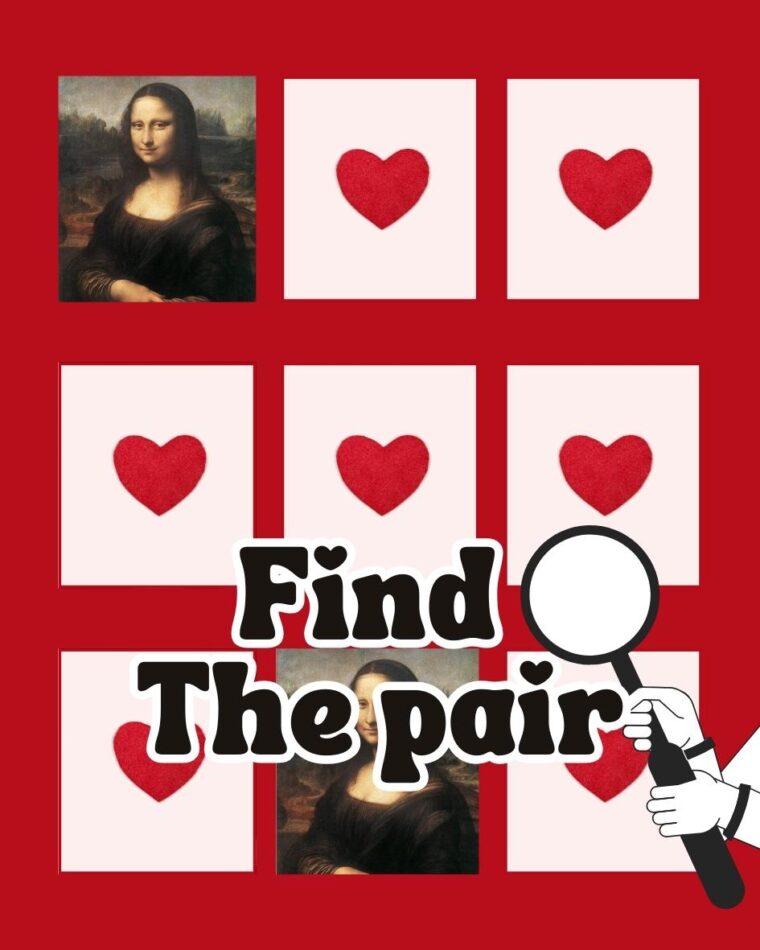
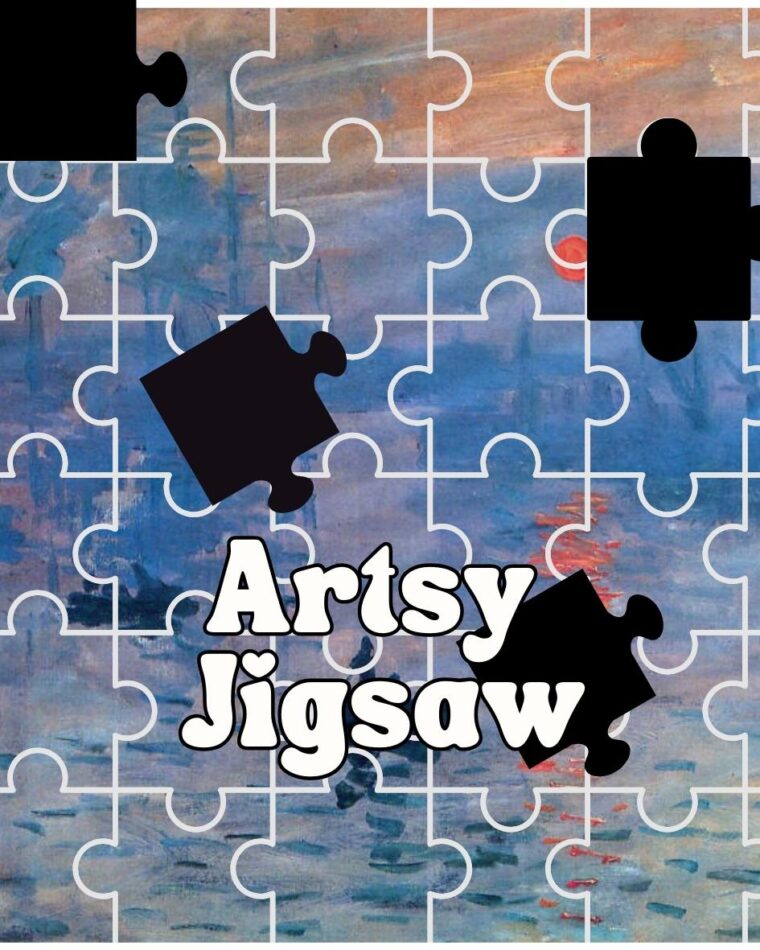
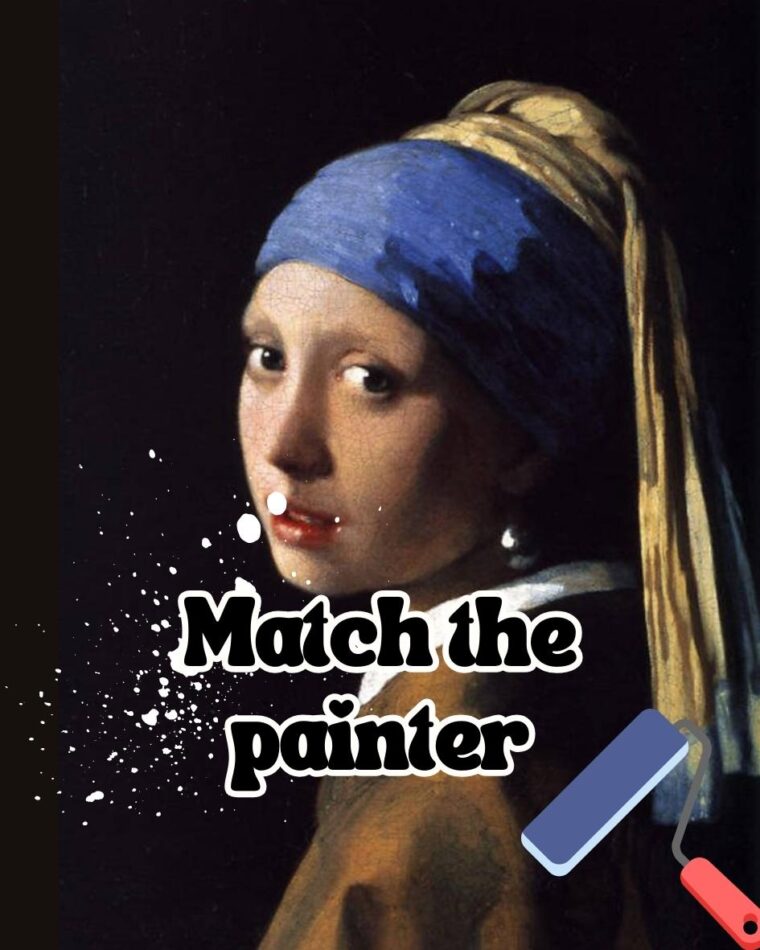





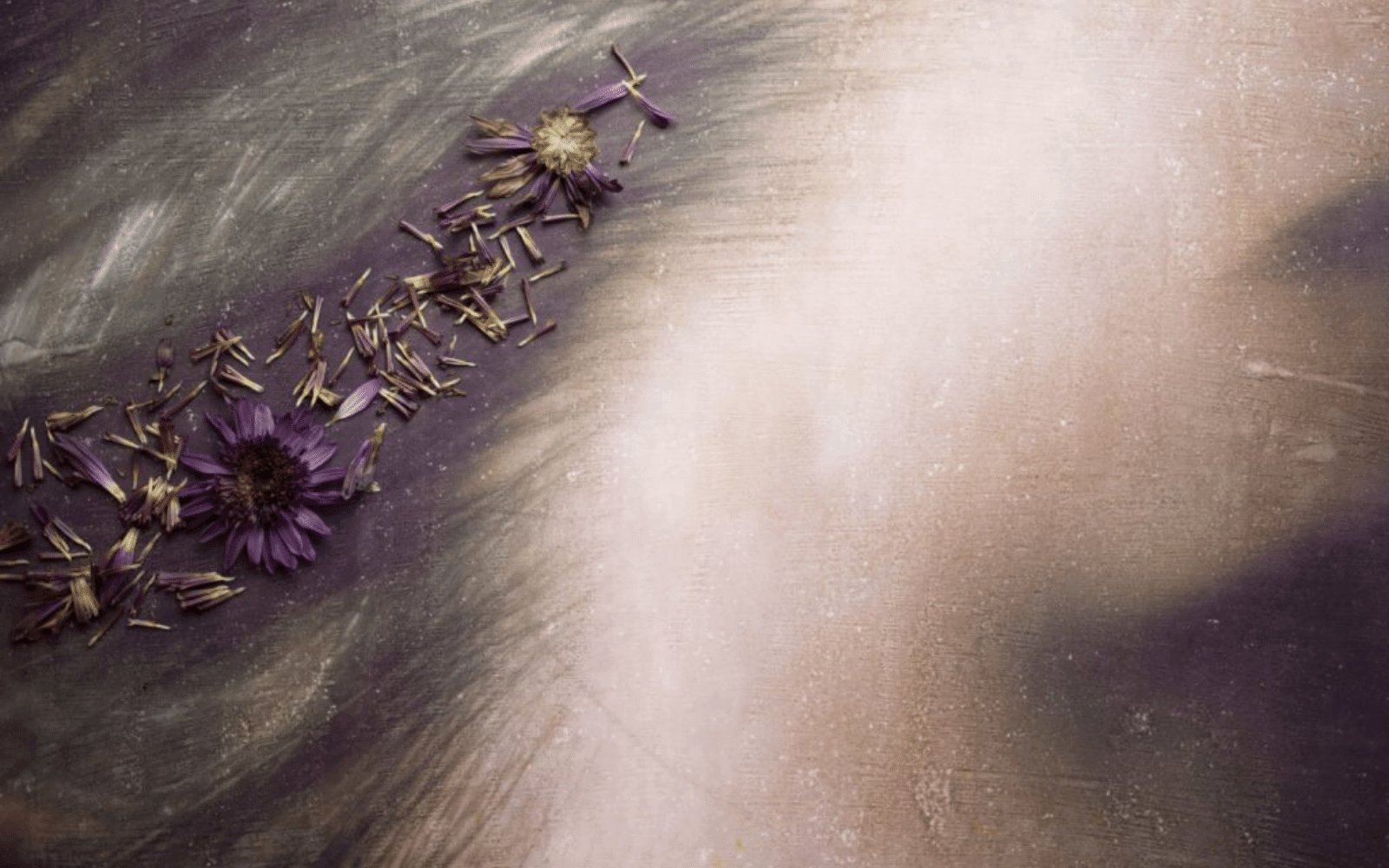

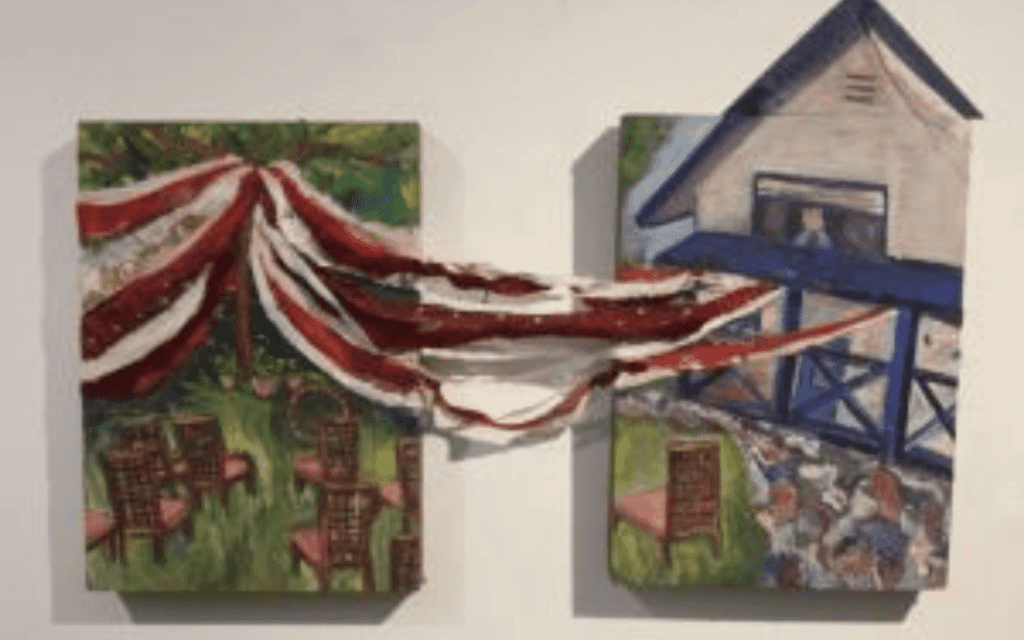
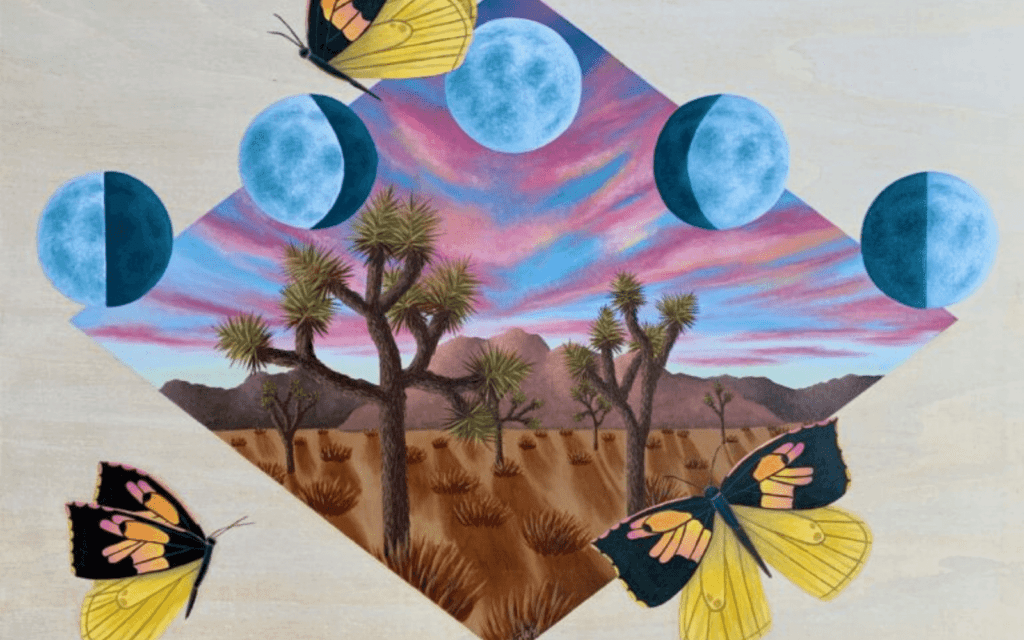

Comments 11